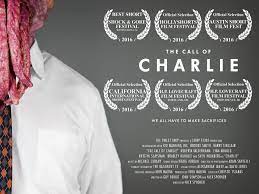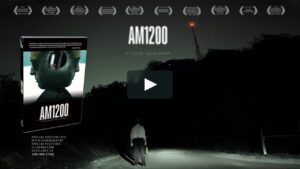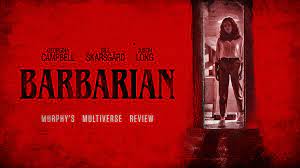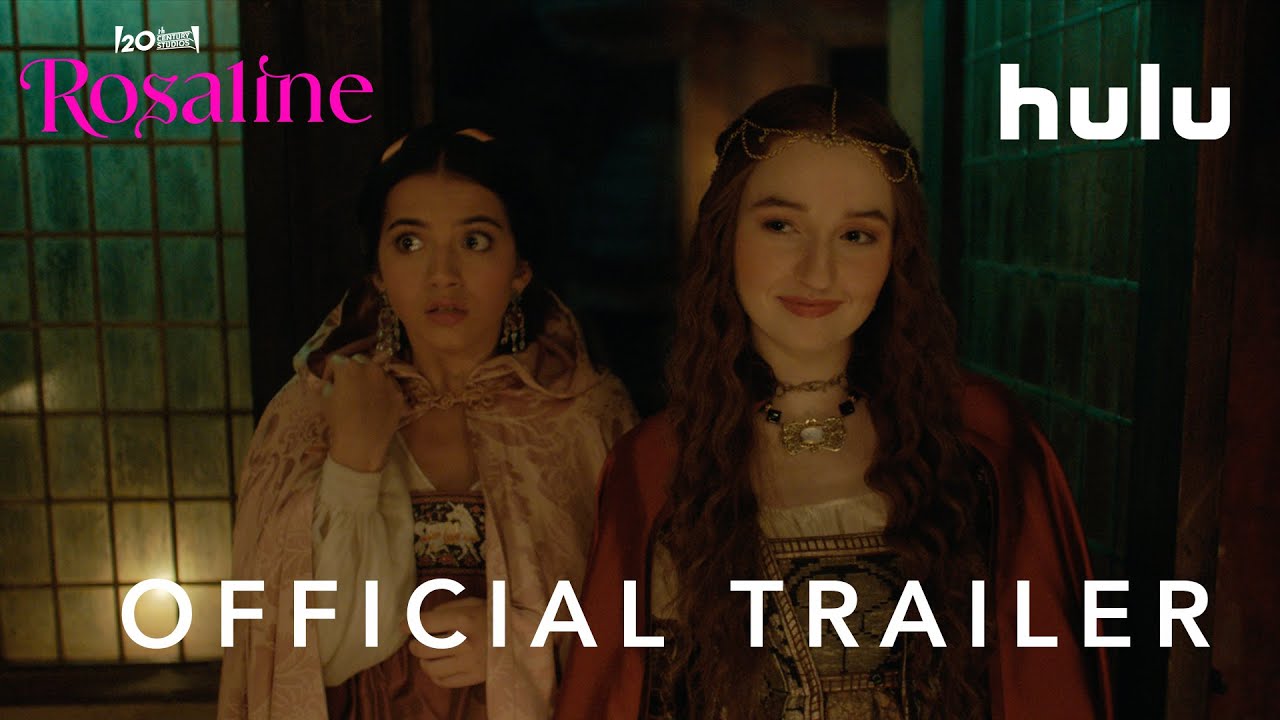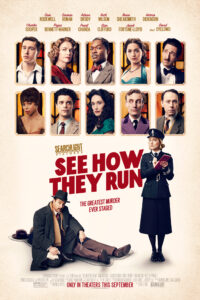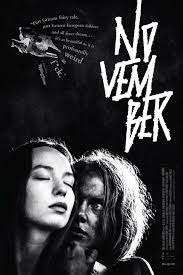It is a time of great change, the hated production code has been slain, replaced with the MPAA ratings system and movies have gotten more daring and explicit which for Hammer Studios, facing falling enthusiasm for their gothic horror, means more salacious content, more bare flesh, and Playboy models leading their horror films. In this tumult they produce and release Doctor Jekyll and Sister Hyde.
Confession, this move never climbed high in my desire to see it because I fully expected it to be in the same vein as The Vampire Lovers where not only is lesbianism used to titillate the audience, but the vampire have moved their feeding from the neck to the ladies’ naked breasts. That is, I thought of this movie as purely exploitive.
Recently on the Pure Cinema podcast, filmmaker Edgar Wright recounts many of his favorite underrated British horror movies and this one was among them. S quick search located the movie on a commercial-support streaming service, Shout Factory!
Doctor Jekyll and Sister Hyde is a grand goulash of well-worn setting and themes. Of course, it’s principal ingredient is the adaptation of Robert Louis Stevenson’s classic story The Strange Case of Doctor Jekyll and Mr. Hyde, not content with one tale of Victorian madness and murder the 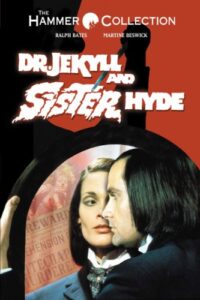 film also folds into its plot the notorious murders in Whit Chapple, yes Jack the Ripper is part of this film. Because unscrupulous doctors have to obtain corpses for their experimentations the historic case of Burke and Hare, though displace about 70 years from the 1820s to the 1890s, complete this dish adding in additional murder because old jack simply wasn’t enough for a film this colorful movie.
film also folds into its plot the notorious murders in Whit Chapple, yes Jack the Ripper is part of this film. Because unscrupulous doctors have to obtain corpses for their experimentations the historic case of Burke and Hare, though displace about 70 years from the 1820s to the 1890s, complete this dish adding in additional murder because old jack simply wasn’t enough for a film this colorful movie.
In this version Henry Jekyll, frustrated that his life span will be far too short to eradicate all disease from humanity, turns his research to find an elixir of life and naturally the source of such agelessness must be found in the hormones of women. However, testing the concoction on himself doesn’t produce youth but rather transforms Henry Jekyll into a woman whom he explains away to his neighbors as his sister Mrs. Hyde.
Mrs. Hyde has her own desires and will, complete with a powerful sexual attraction to one of the handsome neighbors. An attraction is blurs between the two identities, while Jekyll remains attracted to the neighbor’s comely sister. (There are a lot of sisters in this film.)
The film is well cast, all of the actors credible and entertaining in their role but the outstanding achievement in the casting is Ralph Bates as Jekyll and Martine Beswick as Mrs. Hyde. Not only did both perform quite well but the similarity of their faces added an extra level of credibility to the transformation.
Digital ‘morphing’ lay decades off in the future from this film and rather than utilizing lapse-dissolves for the transformation the filmmakers used mirrors, cuts, and ingenious framing with distorting colored glass, creating an impression of in-camera changing.
Unlike many other versions of the classic story, Jekyll isn’t presented as purely noble and good. Neither is Hyde the epitome of evil. Both characters have blood, literally, on their hands, and both invoke a sense of sympathy.
Aside from some gratuitous nudity this film holds up rather well with more interesting characters and questions about identity than shock or scares.


